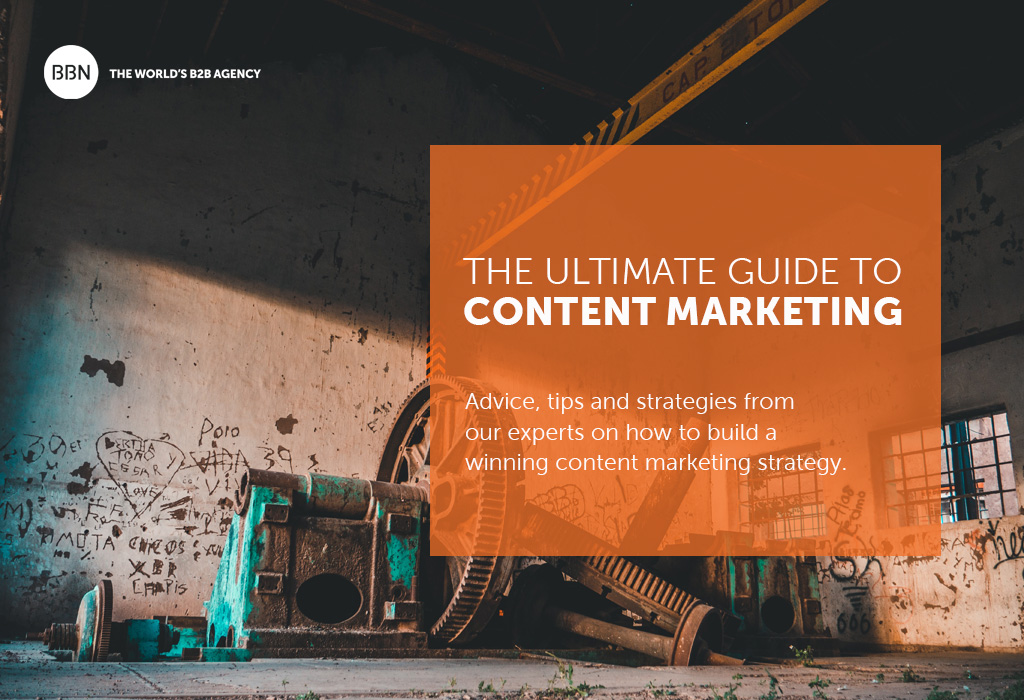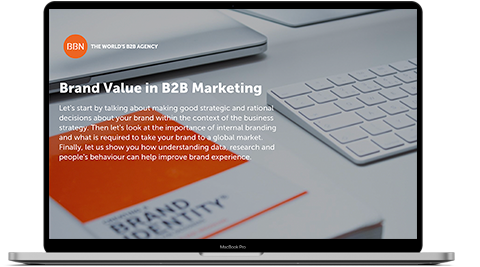Without good content, you may have a nicely designed website that won’t hold peoples’ attention; or social media messaging that no one reads.
But what exactly is content? There’s a misconception that ‘content’ has to be something big like an article or an entire web page. The best way to think of content is everything with which your audiences interact, be it seen or heard. That includes all written materials, videos, photos, podcasts, radio ads …it’s all content. And just because it’s small doesn’t disqualify it.
Bite-Sized content works even harder. E-mail subject lines, for example. When we send out an e-mail, we send out several batches. The only thing that changes between them is the subject line. When you have space for just three or four words, you have to choose them carefully. Between the batches sent out a change in subject line raised the unique open rate by over 18%. That’s important: if our audience doesn’t click on that three-word ‘advertisement’, the whole e-mail goes unread.
Every minute, more than 33 million messages, photos and videos are posted on social media. So your content must stand out. Make sure to adopt copywriters, bloggers, designers and creative talent in your team who can lift your content to a higher level.
Tell your story
Companies are still waking up to the fact that they need good content to drive brand preference. Every organisation has a brand story to tell. When written the right way, every brand story is exciting and engaging. Inbound marketing, where you draw customers to you rather than, say, landing unsolicited in their mailbox, has brand and content at its core. Inbound tools like social media marketing, search engine optimisation, search engine marketing, videos, presentations and speaker events are powerless without great content to animate them. Whatever you do, make sure you have something interesting to say.
Now, keep in mind that people don’t read a year’s worth of Twitter posts and then devour your entire website. Most people haphazardly consume content. You have to hook them slowly while developing a relationship with them. That’s why it’s essential to reinforce the same brand story, in the same tone, across media: their impressions of your brand, your voice and your products and services need to be consistent.
You’ve heard the phrase ‘Content is king‘, well it is! You can have stunning web design, send out copious social media messages, have a great marketing automation system, but you need excellent content to feed these tools and function the way they should.
Customer experience: Down with the silos!
Most companies have different departments: sales, marketing, customer service, IT, finance… All these departments often operate as silos, independently, using other software platforms and communicating separately to the market. From their point of view, it seems perfectly reasonable, but the customer knows only one brand or product. For him, it doesn’t matter if sales, marketing or customer services approach him. Non-matching, overlapping or even conflicting information from the same company will be experienced as odd, disturbing or confusing.
Therefore, we are increasingly using a CX (customer experience) approach, transcending the marketing level. When mapping content from a CX approach, we will automatically tune and harmonise the content that is typical for marketing, sales and customer service. Furthermore, we will also reduce the silo thinking pattern and work towards shared goals using shared platforms. This approach increases efficiency and results in a better ROI.







